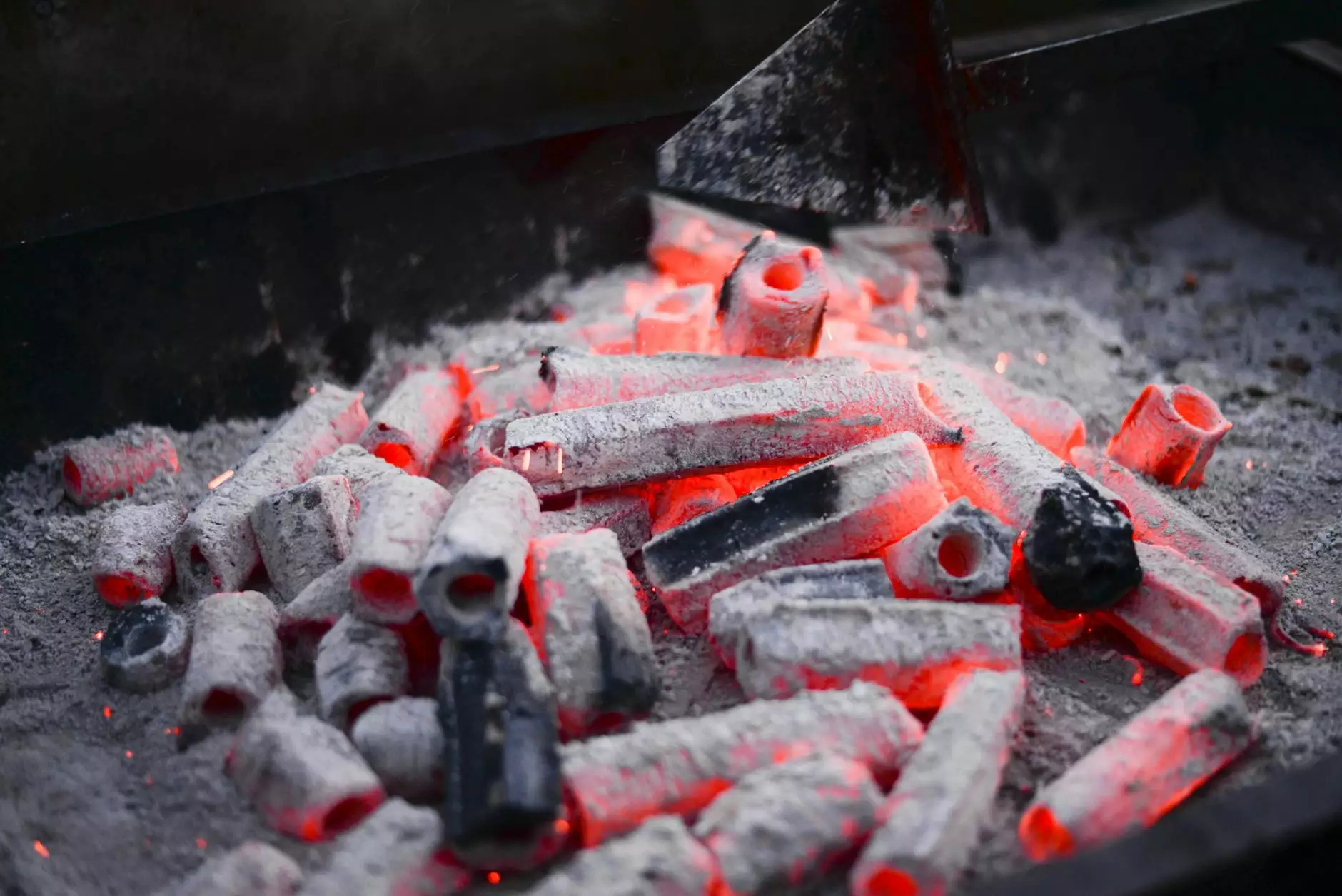Frequently Asked Questions - Fire Appliance

Introduction
Welcome to the FAQ page of Fire Appliance, where we aim to provide you with comprehensive answers to common questions related to fire appliances and fire safety. If you have any specific inquiries not addressed here, please feel free to contact our dedicated team for further assistance.
1. What are Fire Appliances?
Fire appliances, also known as fire extinguishers or fire suppressors, are portable devices used to control and extinguish small fires in emergency situations. They typically include a pressurized container filled with fire-retardant substances and are designed to be easily operated by individuals without prior firefighting training.
2. Why is it Important to Have Fire Appliances?
Having fire appliances readily available in homes, offices, and other establishments is crucial for ensuring the safety of individuals and minimizing potential property damage. Fire appliances can be instrumental in preventing small fires from spreading and escalating into uncontrolled, life-threatening situations. By promptly addressing fires, fire appliances contribute to safeguarding lives and reducing the overall impact of fire incidents.
3. How Do Fire Appliances Work?
Fire appliances operate based on various extinguishing agents, such as water, foam, dry powder, carbon dioxide, or specialized chemicals. When activated, the pressurized container releases the extinguishing agent, which then suppresses or removes the oxygen supply required for the fire to sustain itself. The specific type of fire appliance chosen depends on the nature of the fire and the class of fire it is intended to extinguish, as classified by internationally recognized fire safety standards.
4. What Types of Fire Appliances Are Available?
Fire appliances come in different types and are suitable for specific fire hazards. The commonly used fire appliance types include:
- Water-based fire appliances: Ideal for fires fueled by ordinary combustible materials such as wood, paper, and cloth.
- Foam-based fire appliances: Effective in suppressing flammable liquid fires.
- Dry powder fire appliances: Useful for tackling fires involving flammable metals or electrical equipment.
- Carbon dioxide fire appliances: Suitable for fires in enclosed spaces or on electrical equipment.
- Specialized chemical fire appliances: Specifically designed for specific fire risks, such as kitchen fires or combustible metals.
Proper selection and placement of fire appliances are crucial to ensure their effectiveness in different fire situations. It is recommended to consult with fire safety professionals or refer to local fire safety regulations for guidance on the appropriate fire appliances for your specific needs.
5. How Often Should Fire Appliances Be Inspected and Maintained?
Regular inspection and maintenance of fire appliances are essential to ensure their reliability and optimal performance when needed. It is advisable to follow the manufacturer's guidelines and relevant fire safety regulations regarding inspection, testing, and maintenance intervals. Generally, fire appliances should be visually inspected at least once a month for any signs of damage or tampering. Additionally, a professional maintenance check, including pressure testing and refilling, should be conducted annually or as recommended by authorities or experts.
6. Can Fire Appliances Be Refilled or Recharged?
Most fire appliances can be refilled or recharged after use or upon expiration of their service life. It is important to consult with authorized fire equipment service providers or manufacturers for the safe and correct procedures of refilling or recharging specific fire appliance types.
7. How Can I Properly Use a Fire Appliance?
Using a fire appliance correctly is crucial for maximizing its effectiveness and ensuring personal safety. Here are some general guidelines for using a fire appliance:
- Activate the fire alarm or alert others about the fire.
- Remember the acronym PASS: Pull the pin, Aim at the base of the fire, Squeeze the handle, and Sweep from side to side.
- Maintain a safe distance from the fire, ensuring your escape route remains accessible.
- Continuously monitor the fire and be prepared to evacuate if necessary.
- Once the fire is under control or extinguished, ensure the area is safe before leaving.
Note that these are general guidelines, and it is recommended to undergo proper fire safety training and familiarize yourself with the specific instructions provided by the fire appliance manufacturer.
Conclusion
We hope this FAQ page has provided you with valuable insights into fire appliances and fire safety. Remember, fire appliances should never be seen as a substitute for maintaining appropriate fire prevention measures and educating yourself and others about fire safety practices. At Fire Appliance, we are committed to helping you protect lives and property through our range of reliable and compliant fire appliances. Contact us today for more information or personalized assistance.




